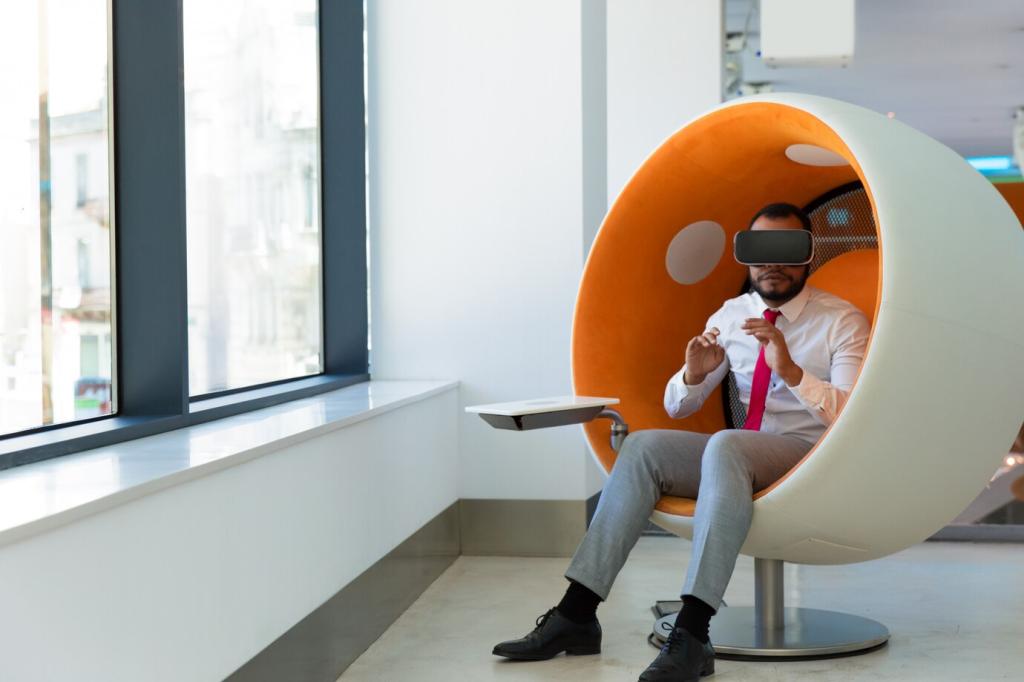Virtual Reality: A New Horizon for Education
Virtual reality, once a concept reserved for the realm of science fiction, has swiftly become a transformative force in the contemporary educational landscape. Its immersive nature offers students and educators novel ways to engage with content, making abstract ideas tangible and interactive. By enveloping learners in digitally constructed worlds, virtual reality not only enhances understanding but also fosters curiosity, empathy, and collaboration. As this technology matures, it promises to redefine the learning journey, offering previously unimaginable experiences in classrooms, training environments, and independent study settings. The new horizon opened by virtual reality in education is poised to cultivate a generation of learners who are more engaged, skilled, and prepared for the complexities of the modern world.

